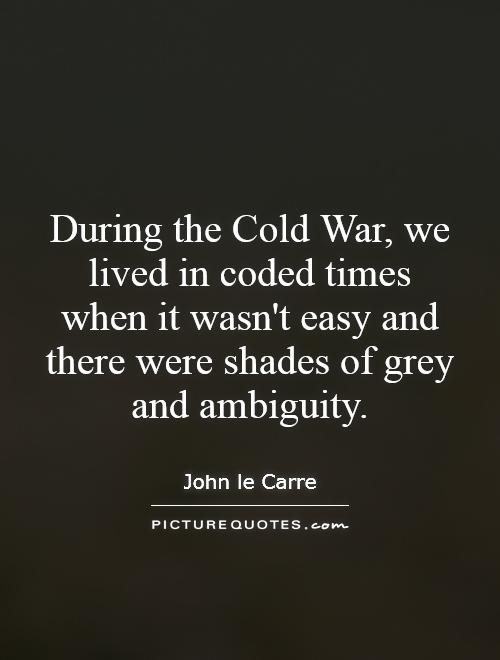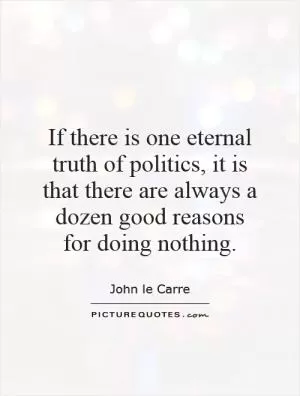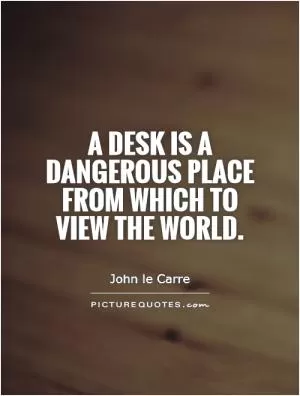During the Cold War, we lived in coded times when it wasn't easy and there were shades of grey and ambiguity

During the Cold War, we lived in coded times when it wasn't easy and there were shades of grey and ambiguity
During the Cold War, the world was a tense and uncertain place. The ideological battle between the United States and the Soviet Union created an atmosphere of suspicion and paranoia that permeated every aspect of society. In this environment, secrets were currency, and deception was a way of life. It was a time when nothing was as it seemed, and trust was a rare commodity.One of the most iconic figures of this era was the British author John le Carré. Le Carré, whose real name was David Cornwell, was a former intelligence officer for MI6, the British Secret Intelligence Service. His firsthand experience in the world of espionage gave him a unique perspective on the Cold War and its shadowy underbelly. In his novels, le Carré captured the moral ambiguity and ethical dilemmas that defined the era.
Le Carré's most famous character, George Smiley, epitomized the complexities of the Cold War. Smiley was a career intelligence officer who operated in the shadows, navigating a world of double agents, betrayals, and shifting allegiances. In novels like "Tinker, Tailor, Soldier, Spy" and "The Spy Who Came in from the Cold," le Carré explored the moral compromises that were necessary to fight the Cold War. Smiley was a man of integrity in a world of deception, a reluctant hero who understood that the line between good and evil was often blurred.
In le Carré's world, nothing was black and white. The characters were flawed and human, capable of both great acts of heroism and terrible betrayals. The moral ambiguity of the Cold War was reflected in the shades of grey that permeated le Carré's writing. His novels were not simple tales of good versus evil, but complex narratives that challenged readers to question their assumptions and confront the uncomfortable truths of the era.












 Friendship Quotes
Friendship Quotes Love Quotes
Love Quotes Life Quotes
Life Quotes Funny Quotes
Funny Quotes Motivational Quotes
Motivational Quotes Inspirational Quotes
Inspirational Quotes